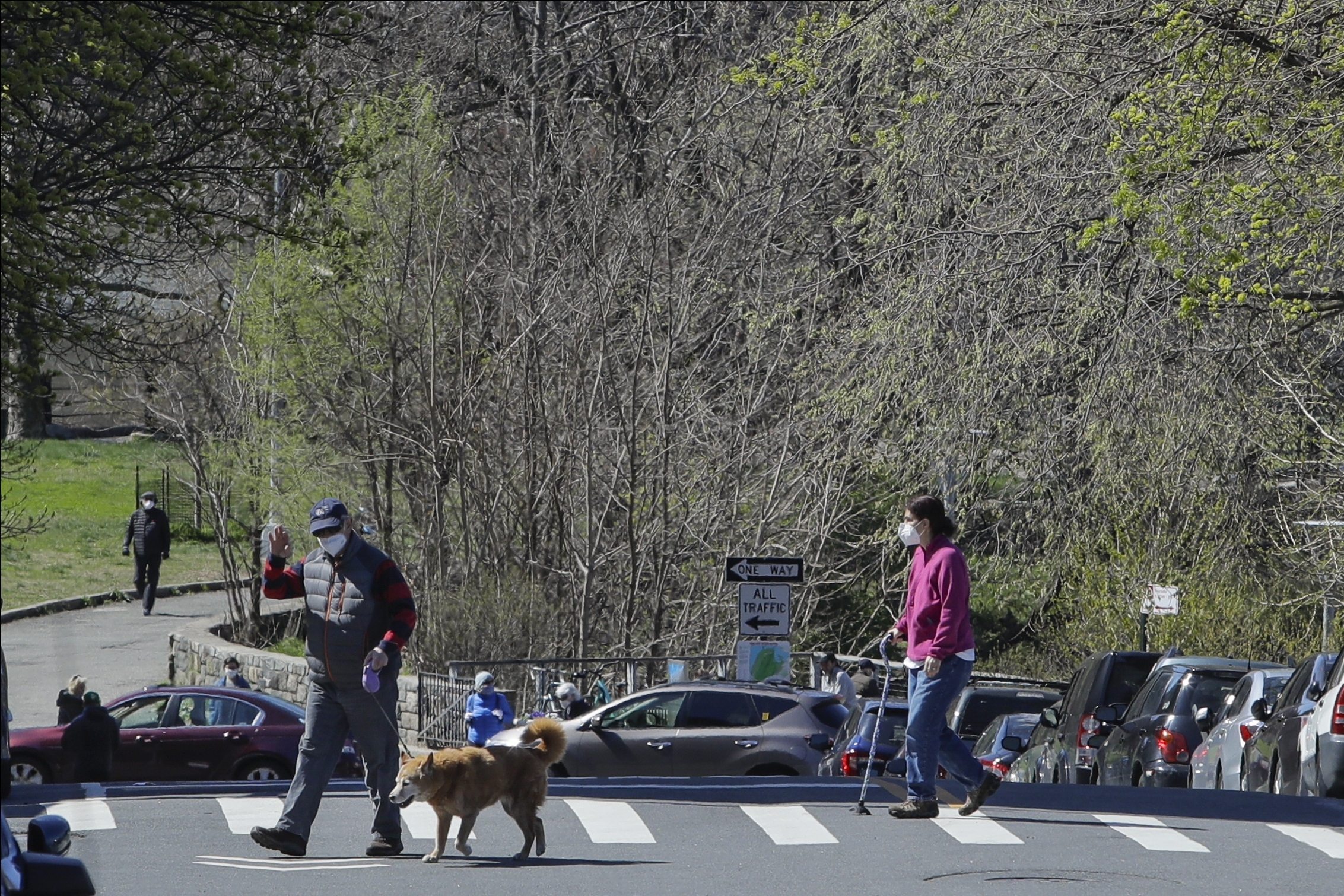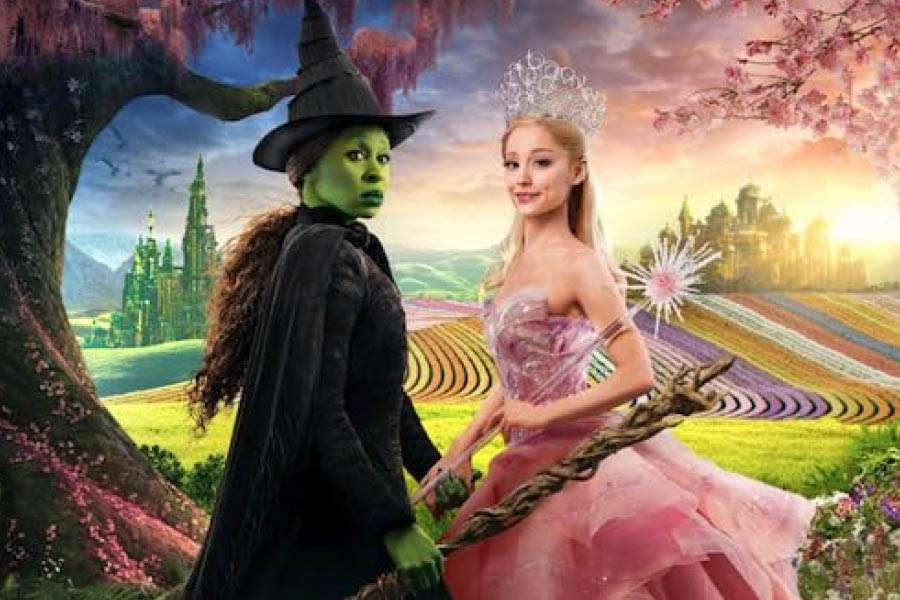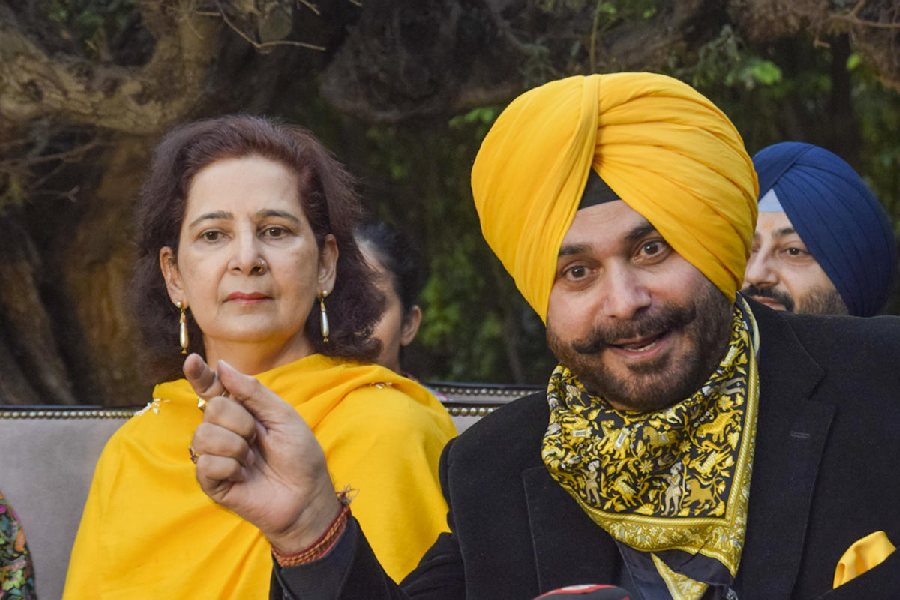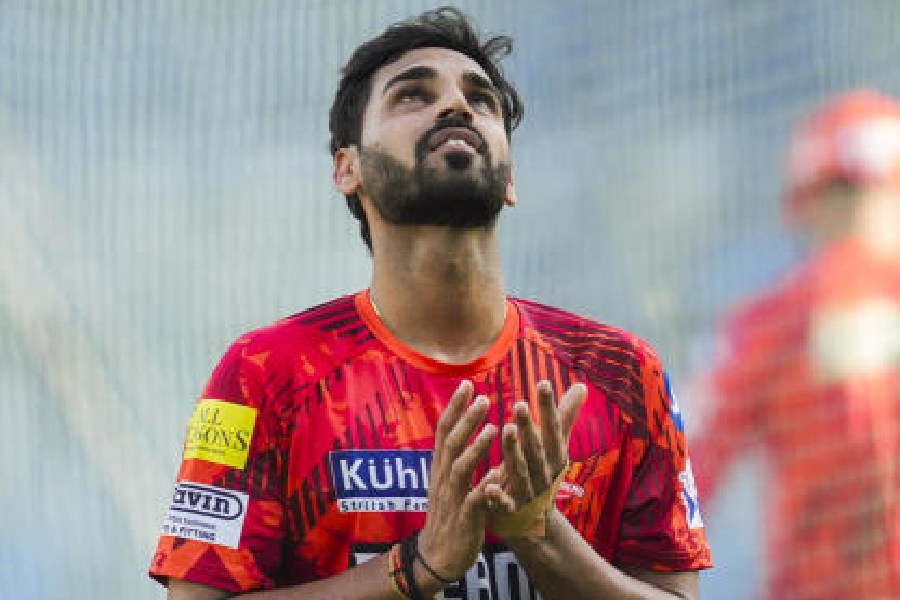The extended closure in New York City, the US’s largest school district, marks a sombre milestone for the most disruptive moment to American education in a generation.
After New York mayor Bill de Blasio announced on Saturday that New York City’s public schools would remain closed through the end of the academic year because of the coronavirus, mayors and governors across the country are weighing urgent public health concerns against the incalculable losses that vulnerable children in particular face when schools are shut down.
Blasio’s announcement confirmed a disastrous scenario that he had previously warned of: more than three months of regular schooling for 1.1 million children would be lost.
Roughly 1,800 schools across the city’s five boroughs have scrambled to adjust to remote learning since they were initially shuttered on March 16.
The first few weeks of online learning have already transformed the relationships among the city’s students, parents and educators, who have come to rely on one another in ways unfathomable even a month ago.
But soon after the mayor ended his news conference on Saturday, governor Andrew M. Cuomo said at his own media briefing that there had been “no decision” on closing schools in the city or state.
New York City’s public school system is highly segregated by race and socioeconomic status, and remote learning has revealed new depths of inequality.
Many students do not have Internet access or laptops at home, and the city rushed to lend about 175,000 laptops and Chromebooks and 66,000 iPads to children who needed them. De Blasio announced on Saturday that schools would, by the end of April, distribute about 200,000 more devices to families.
About three-quarters of the city’s public schoolchildren are in low-income households and qualify for free or reduced-price lunches, prompting officials to leave some school buildings open for families to pick up meals in the morning, as well as for other struggling New Yorkers to get food in the afternoon.
The city also has about 114,000 homeless students, who have had to adapt to remote learning in shelters and cramped homes where they might share a single room with five family members.
New York also has about 200,000 students with disabilities. Now, scores of service providers are experimenting with ways to deliver complex physical and occupational therapies remotely.











